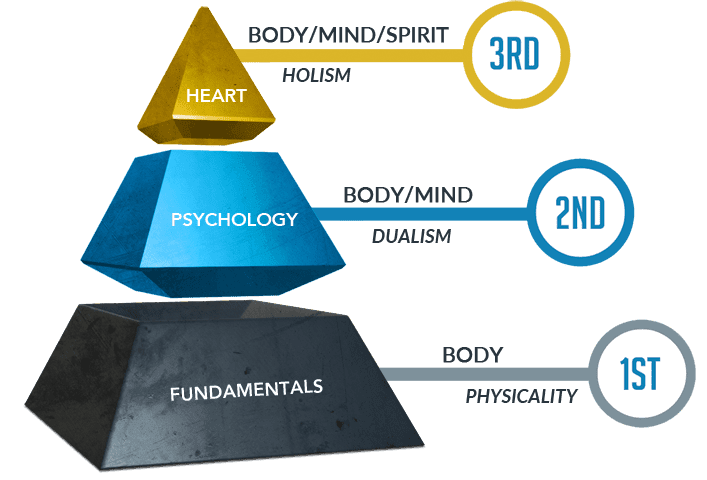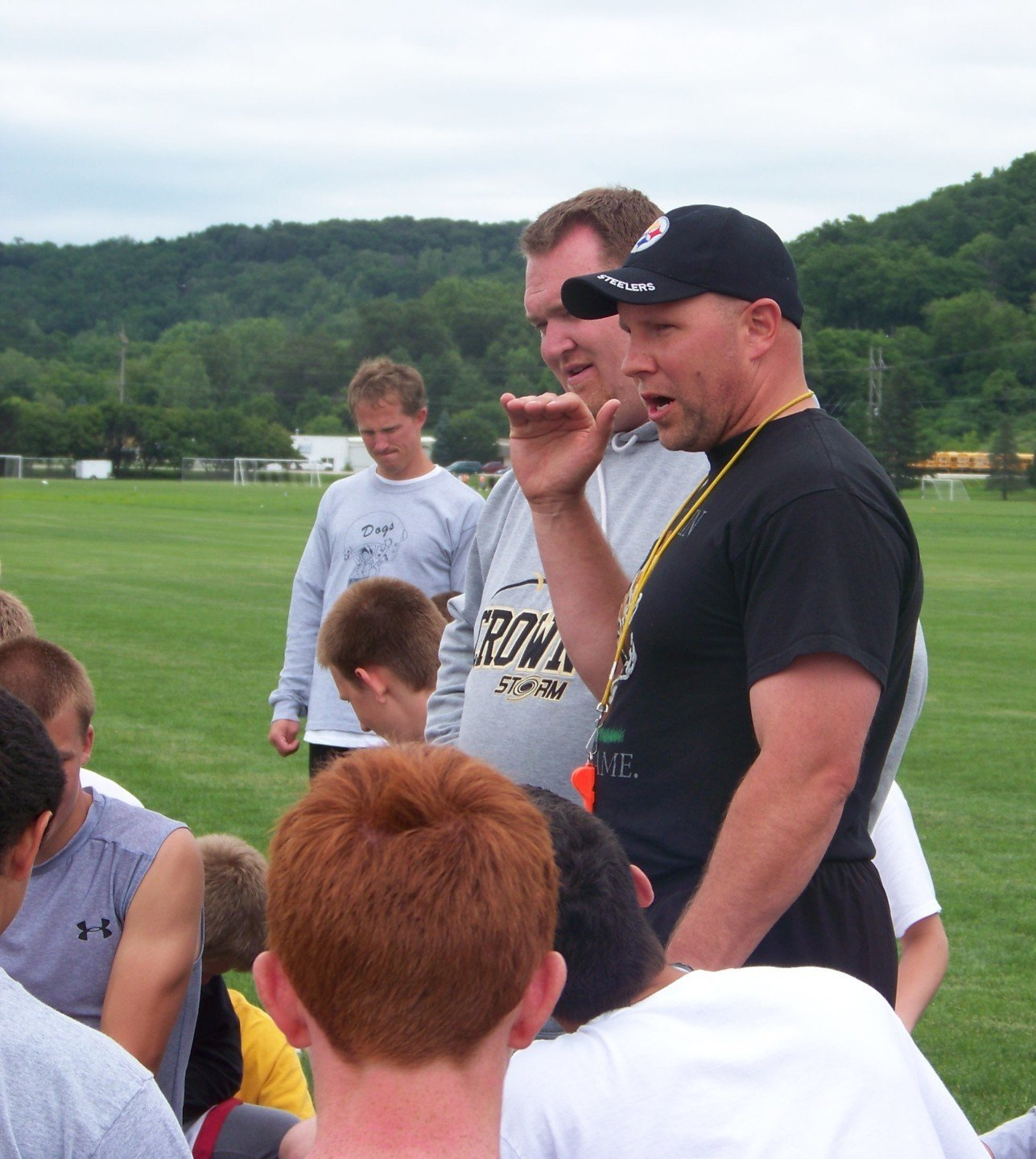Jeff Duke grew up in Florida and played football through high school and part of the way into college. After serving as a high school teacher and coach for a short time, he was invited by Coach Bobby Bowden to join the football coaching staff at Florida State. One of the first tasks he was assigned was as the Fellowship of Christian Athletes huddle coach.
With no background in FCA, Coach Duke thought this simply meant he had to arrange to bring in a speaker once a week, eat a meal together, and be done. But that was not the vision of Coach Bowden. “We get these boys for three, four, maybe five years. When they leave this program, I need to know their place in heaven is secure,” Coach Bowden told Jeff. [i] So Jeff stepped uncertainly into the territory of FCA huddle coach at the same time he was learning to be a better football coach. He would soon learn that being a huddle coach and coach were closely connected.
As the team prepared to match up against the #1 seed team in its conference, Duke was serving as the tight-end coordinator. Long story short, in preparation for that game he became what he knew later he shouldn’t have. He pointed out the negative in his players and voiced his displeasure when they didn’t get things just right in practice. His only goal was to win. When game day arrived, they made some significant errors in play, and Jeff was humiliated – and humbled. This is the first time Duke began to understand that there was a different way to coach than what had been the norm up to that point.
After Duke left coaching, his life took many twists and turns before he landed back home in Florida years later. He was asked to be on a committee to hire a head coach at a local high school. One of the applicants was a coach he had known years earlier that closely resembled the angry coach at the beginning of the story, but something told Duke he should not just dismiss him. As Duke met with Coach O’Hara, he realized there had been a tremendous life change. Coach O’Hara had been transformed by a relationship with Jesus Christ, and he was clearly not the same person he had been before. He was offered the job, and Duke became one of his assistant coaches.
The two learned together what it meant to move from being a transactional coach (end result = winning at all costs) to a transformational coach (end result = relationships first, winning still important but secondary). They learned how to move from one-dimensional coaching to three-dimensional coaching.





